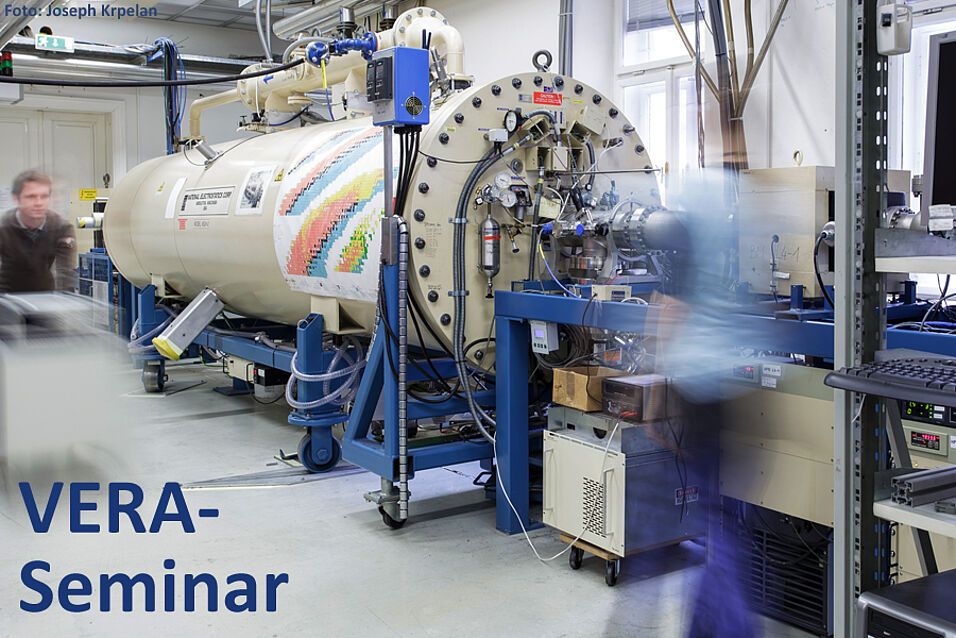The analysis of meteorites shows that radioactive nuclei with half-lives of the order of millions of years were present at the birth of the Sun. By comparing the meteoritic data to predictions for the production and evolution of radioactive nuclei in the Milky Way, and focusing in particular on those heavier than iron, we are building a time line for the events that predated the birth of the Sun. The final aim is to identify the type of the stellar nursery where the Sun was born and understand the still mysterious origin of the crucial isotope aluminium-26. The heat generated by the decay of this nucleus in the first few million
years of the life of the Solar System affected the thermo-mechanical and chemical evolution of planetesimals and the delivery of water to the Earth, however, we still do not know if its presence in proto-planetary disks is normal or special.
Maria Lugaro (Hungary): Radioactive nuclei from cosmochronology to habitability
Location:
Victor-Franz-Hess-Hörsaal, Währinger Str. 17, 1. Stock Kavalierstrakt
Related Files
- Lugaro_23-01-2020.pdf 21 KB

